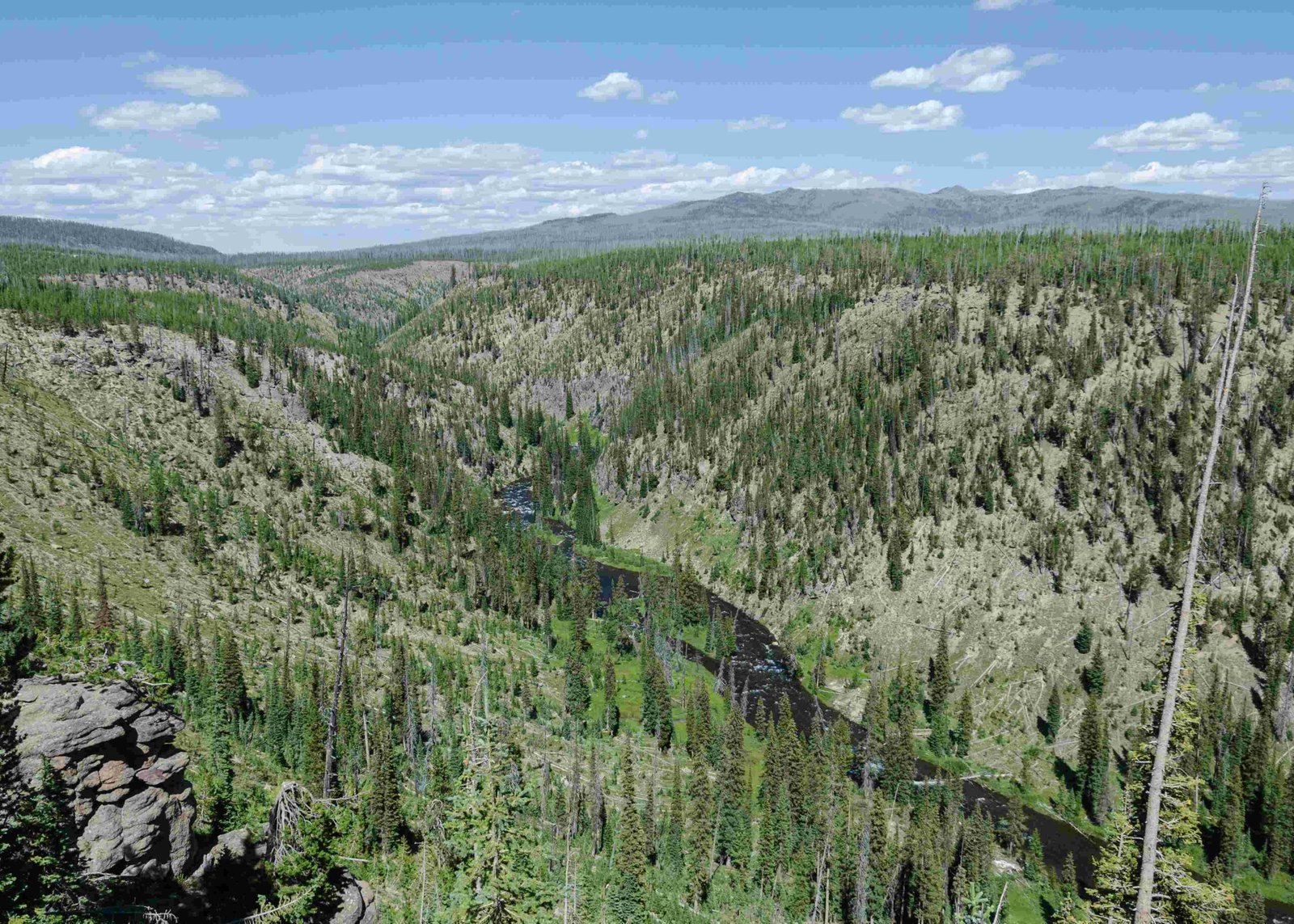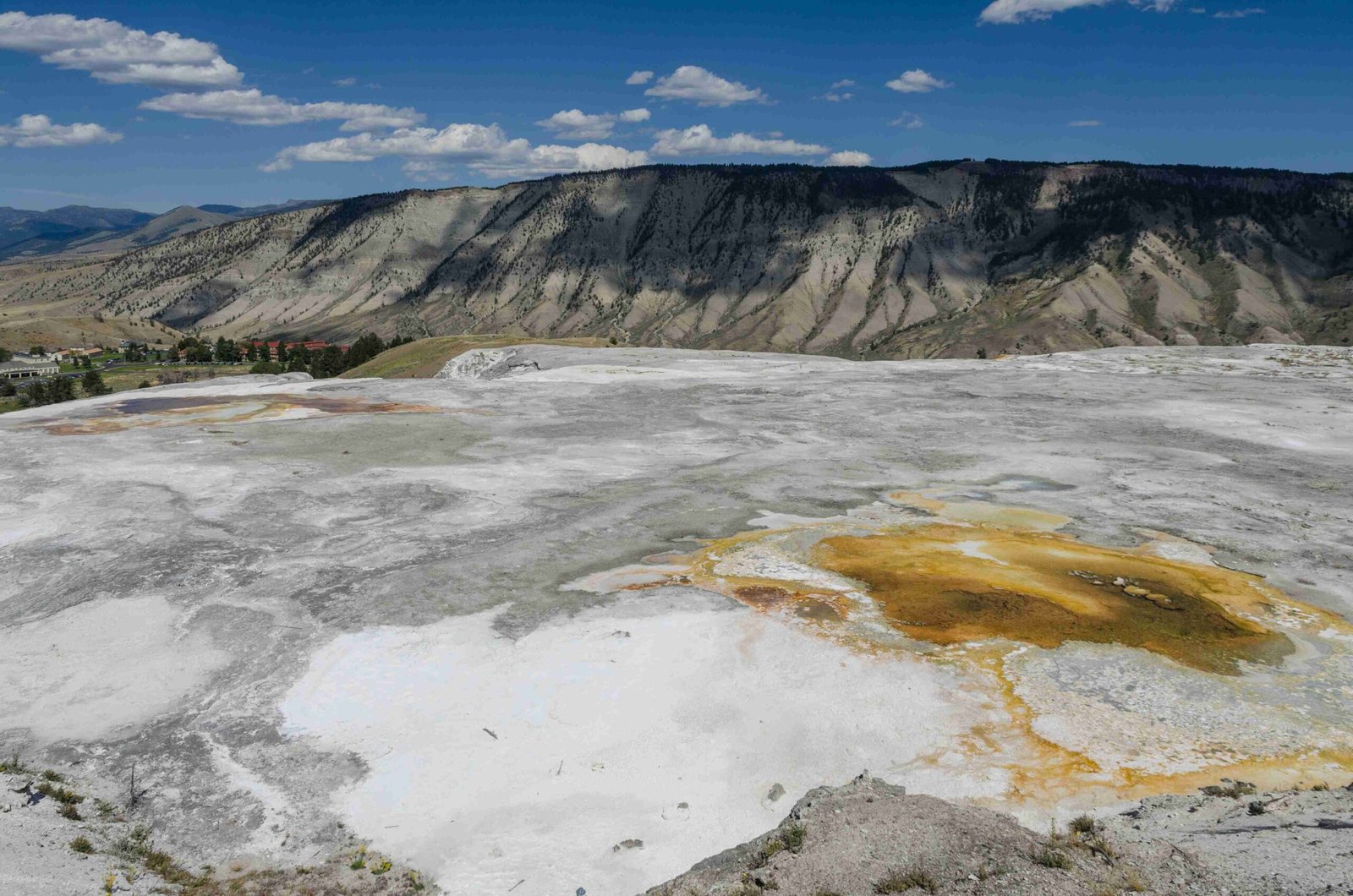Recent inquiries about updates on Sipper Volcano in Yellowstone National Park have revealed that no such feature exists within the park’s boundaries. This article aims to clarify misconceptions and provide accurate information about recent hydrothermal activities in Yellowstone, focusing on the July 2024 explosion at Biscuit Basin and its implications for park visitors and geological research.
What is the Current Status of Sipper Volcano in Yellowstone?

There is no record of a “Sipper Volcano” in Yellowstone National Park or any geological feature by that name. The park is home to numerous hydrothermal features, including geysers, hot springs, and fumaroles, but none are officially named Sipper Volcano. This misconception may stem from confusion with other named features or a misunderstanding of Yellowstone’s geological landscape.
What Recent Volcanic Activity Has Occurred in Yellowstone?

While there hasn’t been any recent volcanic activity in Yellowstone, the park experienced a significant hydrothermal event:
- On July 23, 2024, a hydrothermal explosion occurred at Biscuit Basin
- The explosion caused substantial changes to the area, including Black Diamond Pool and Black Opal Pool
- This event was not related to volcanic activity but resulted from a sudden transition of water to steam in the shallow hydrothermal system
How Has the Biscuit Basin Explosion Affected Park Operations?
The recent hydrothermal explosion has led to several changes in park operations:
- Closure of Biscuit Basin for the remainder of the 2024 season
- Implementation of safety measures in surrounding areas
- Continued operation of the Grand Loop Road and nearby thermal basins
- Increased monitoring of hydrothermal activity in the affected region
What Are the Implications of This Event for Yellowstone’s Geology?
The Biscuit Basin explosion provides valuable insights into Yellowstone’s dynamic geological processes:
- Demonstrates the unpredictable nature of hydrothermal systems
- Offers opportunities for scientists to study the aftermath of such events
- Highlights the need for continuous monitoring and research in the park
How Does Yellowstone Monitor Its Hydrothermal and Volcanic Activity?
Yellowstone National Park employs a comprehensive monitoring system:
| Monitoring Method | Purpose |
|---|---|
| Seismographs | Detect earthquakes and ground movements |
| GPS stations | Measure ground deformation |
| Gas sensors | Analyze chemical composition of emissions |
| Temperature probes | Track changes in thermal features |
| Satellite imagery | Observe large-scale landscape changes |
This multi-faceted approach allows scientists to detect and analyze any significant changes in the park’s geological activity.
What Should Visitors Know About Safety in Yellowstone’s Thermal Areas?
When visiting Yellowstone’s thermal areas, keep these safety guidelines in mind:
- Stay on designated boardwalks and trails
- Never touch or approach thermal features
- Keep children close and pets on leashes
- Do not throw objects into thermal features
- Be aware of your surroundings and changing conditions
How Can Visitors Learn More About Yellowstone’s Geological Features?
To enhance your understanding of Yellowstone’s unique geology:
- Attend ranger-led programs and talks
- Visit the park’s visitor centers and museums
- Explore educational exhibits throughout the park
- Read informational signs at thermal features
- Participate in guided tours focusing on geology and hydrothermal activity
What Are Some Common Misconceptions About Yellowstone’s Volcanic Nature?
Several misconceptions persist about Yellowstone’s volcanic nature:
-
Myth: Yellowstone is “due” for a super-eruption
Fact: Super-eruptions are extremely rare, and there’s no scientific basis for predicting such an event -
Myth: Small earthquakes signal an impending eruption
Fact: Earthquakes are common in Yellowstone and usually don’t indicate volcanic activity -
Myth: All of Yellowstone’s features are volcanic
Fact: Many features, like the Grand Canyon of Yellowstone, result from erosion and other non-volcanic processes -
Myth: Yellowstone’s caldera is visible as a giant crater
Fact: The caldera is so large that it’s difficult to discern from ground level
How Does Yellowstone’s Hydrothermal Activity Compare to Other Volcanic Areas?
Yellowstone’s hydrothermal system is unique in several ways:
- It’s one of the largest concentrated geothermal areas on Earth
- Contains about half of the world’s active geysers
- Demonstrates a diverse range of hydrothermal features in close proximity
- Powered by a massive magma chamber beneath the surface
This combination of factors makes Yellowstone a geological wonder and a valuable site for scientific research.
What Future Research is Planned for Yellowstone’s Volcanic and Hydrothermal Systems?
Ongoing and future research in Yellowstone includes:
- Long-term monitoring of ground deformation and seismic activity
- Studies on the relationship between climate change and hydrothermal features
- Investigation of microbial life in extreme environments
- Analysis of gas emissions to better understand the underlying magmatic system
- Development of new technologies for predicting hydrothermal explosions
This research not only enhances our understanding of Yellowstone but also contributes to global knowledge of volcanic and hydrothermal systems.
In conclusion, while there are no updates on a non-existent Sipper Volcano, Yellowstone National Park continues to be a dynamic and fascinating geological area. The recent hydrothermal explosion at Biscuit Basin serves as a reminder of the park’s ever-changing nature and the importance of ongoing research and monitoring efforts.
References:
1. https://utahnewsdispatch.com/2024/07/26/yellowstone-volcano-observatory-releases-preliminary-report-on-biscuit-basin-explosion/
2. https://www.nps.gov/yell/learn/news/240723.htm
3. https://www.usgs.gov/observatories/yvo/news/yellowstone-thermal-features-apollinaris-zomar

